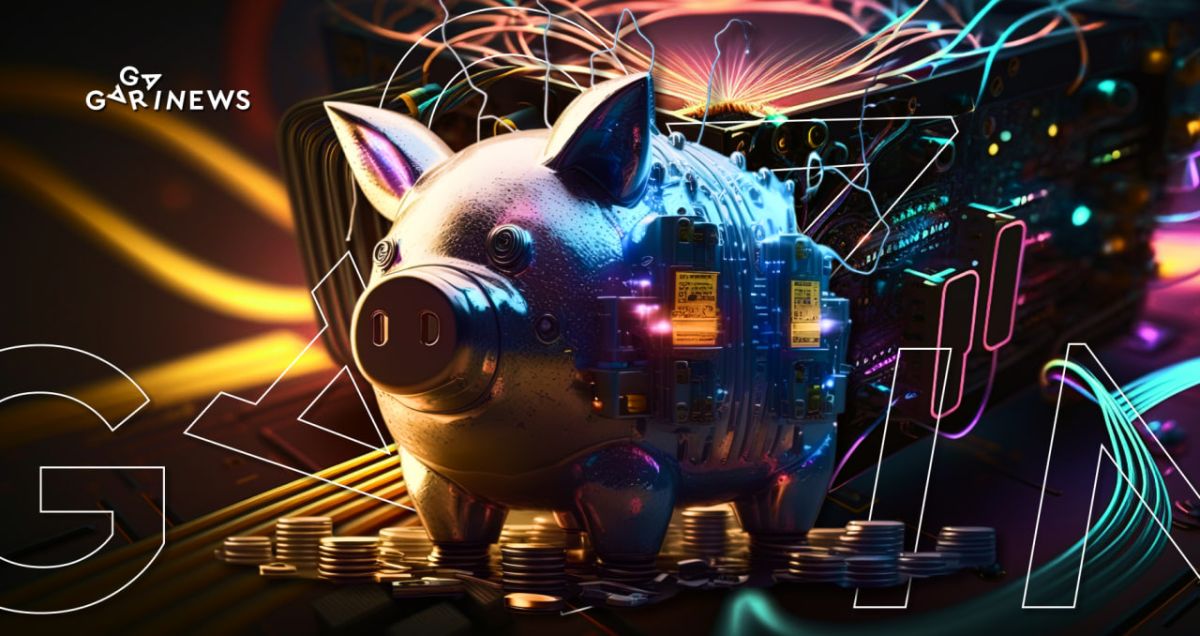What are Flash Loans?

Flash loans represent a form of decentralized financial service, offering the opportunity to secure large sums without the need for collateral, provided that the borrowed amount is returned within the same blockchain transaction.
While it might initially seem odd, given the fleeting moment between the disbursement and repayment of the loan, these loans have skyrocketed in popularity among traders and DeFi developers. They offer a quick gateway to vast sums with negligible fees (up to 0.1%), propelling their annual volumes to effortlessly surpass the billion-dollar mark.
This function is underpinned by smart contract technology, which brings to the table a remarkable level of automation across the entire process: managing credit pools, disbursing funds, and collating payments. If a user is unable to repay the debt prior to the conclusion of the transaction, the loan is declared void, and the cryptocurrency reverts back to the lender. This is feasible because a smart contract remains in a state of suspension until all conditions are satisfactorily met.
Currently, flash loans are available to all users across a multitude of blockchains and diverse applications equipped with intuitive interfaces (like DeFi Saver, Furucombo). However, in the early days, access was restricted to DeFi developers, as a sound knowledge of the Solidity programming language was a prerequisite.
So, how can flash loans be put to use?
They are suitable for virtually any operation on the blockchain, encompassing the purchase and sale of cryptocurrency or the execution of intricate trading strategies. The primary uses of flash loans include:
1. Arbitrage: Engaging in the purchase and subsequent sale of assets across different DEXs (Decentralized Exchanges) where price disparities are present. Such transactions require significant volume to yield substantial profits and the chosen tokens must boast ample liquidity, or else a financial loss may ensue.
2. Market manipulation: Essentially, this involves inflating trading volumes artificially through flash loans, subsequently drawing the attention of regular traders to a specific asset. Given the absence of regulatory oversight, initiators can potentially turn a profit by purchasing the asset in advance.
3. Collateralized DeFi Loan (Substitution or Repayment): In such cases, flash loans can assist in liberating locked collateral or substituting it in anticipation of imminent liquidation. This approach is notably faster and more cost-effective than any alternative methods.
What are the risks?
Numerous applications that facilitate flash loans provide traders with versatile, automated systems. Nevertheless, despite this advantage, the proper utilization of these systems demands a substantial understanding of the underlying processes. Thus, one should refrain from experimenting without a solid theoretical foundation and without vetting the associated smart contract, which may potentially be a scam.
In essence, flash loans pose a significant risk to DeFi. They are frequently harnessed to orchestrate attacks on price oracles or to exploit protocol vulnerabilities, often for manipulating asset prices, culminating in a loss of liquidity and a depletion of user funds.
Conclusion
Flash loans have become a beneficial instrument for traders, assisting them in accruing profits based on their trading strategies. However, there is a pressing need for developers to bolster the security measures of smart contracts to ward off potential vulnerabilities. This will allow flash loans to garner greater trust and broaden their foothold in the sphere of decentralized finance.
The content on The Coinomist is for informational purposes only and should not be interpreted as financial advice. While we strive to provide accurate and up-to-date information, we do not guarantee the accuracy, completeness, or reliability of any content. Neither we accept liability for any errors or omissions in the information provided or for any financial losses incurred as a result of relying on this information. Actions based on this content are at your own risk. Always do your own research and consult a professional. See our Terms, Privacy Policy, and Disclaimers for more details.

























